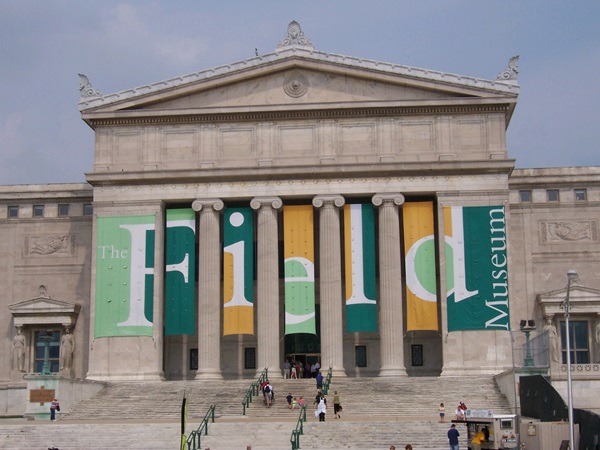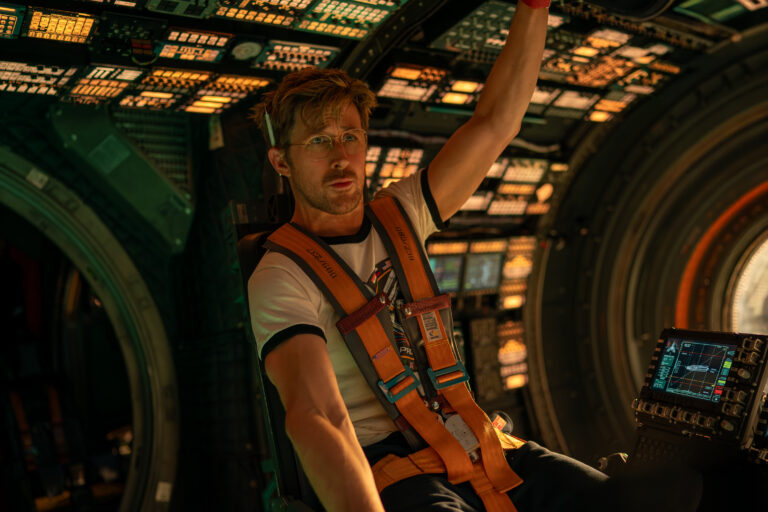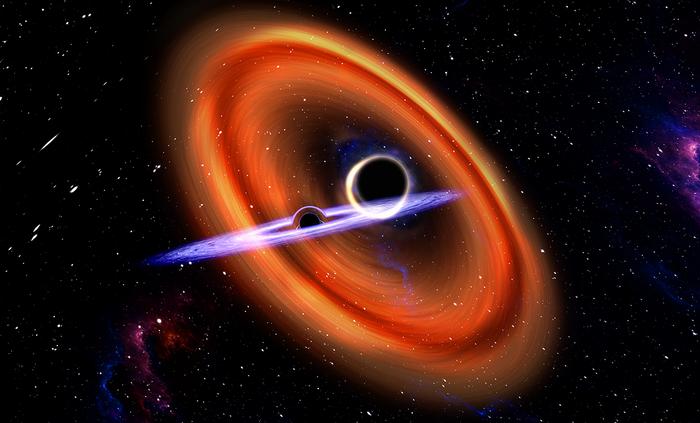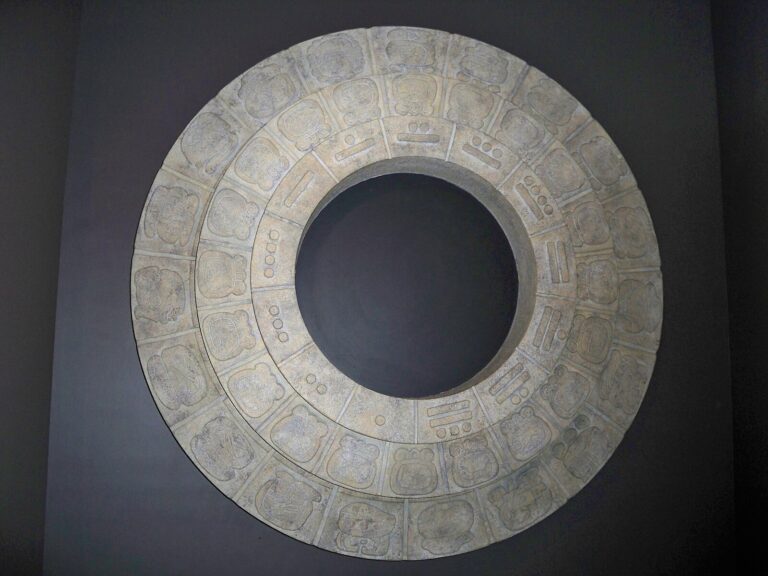Key Takeaways:
At each location, your knowledgeable tour guides will introduce you to the passionate scientists, lecturers, and curators that form the backbones of these amazing establishments. During your virtual journey, you’ll also peruse equipment, books, and artifacts that are not accessible to the general public, providing you with unique insights into the past (and future) of each historic institution.
At Adler Planetarium, you’ll learn everything you ever wanted to know about the first planetarium built in the Western Hemisphere. Within Adler’s Art Deco halls, you’ll meet Michelle Nichols, the planetarium’s director of public observing, who will personally help you explore the Mission Moon Gallery, as well as the Atwood Celestial Sphere — a 15-foot-wide, 500-pound sheet-metal ball with nearly 700 holes drilled into it that once served as a primitive planetarium.
At the Field Museum, you’ll meet Philipp Heck, the Pritzker Associate Curator of Meteoritics and Polar Studies, who will present you with one of the finest meteorite, rock, and gem collections found anywhere on the planet. While exploring this out-of-this-world collection, you’ll see a wide range of celestial samples that have made their way to Earth inside of meteorites. The assemblage includes over 20 pounds each of the famous Murchinson meteorite, found in Australia, and the Allende meteorite, found in Mexico.
At Fermilab, you’ll discover the incredible science that goes on underground within miles of tunnels packed with advanced neutrino detectors, which are continually probing the properties of elementary particles and dark matter. Kicking off the tour is Marcela Carena, the head of the theoretical physics group at Fermilab and a professor at the University of Chicago. Marcela will provide you with a fascinating introduction to Fermilab’s 40-year history, astonishing technological capabilities, and current cutting-edge research.
Furthermore, you’ll meet Beau Harrison, who will walk you through the incredibly demanding (yet rewarding) life of an accelerator operator, and Dan Hooper, a senior scientist at Fermilab. Dan, who is one of the world’s leading experts on dark matter, will explain our current understanding of the elusive and undetectable substance, as well as describe how we are currently trying to investigate it.
Last, but surely not least, you’ll travel to Williams Bay, Wisconsin, home of the historic Yerkes Observatory, which was built in the late 1890s. Your visit to Yerkes will fittingly begin with a tour of the largest refracting telescope ever built: the world-famous Yerkes 40-Inch Refractor. During the tour, Dan Koehler, the director of tours and special programs, will go into great detail concerning the instrument’s design, abilities, and storied past. After a brief but informative stop at Yerkes’ lesser-known 24-inch reflector, Dan will also give you a private tour of one of Yerkes’ most beautiful rooms, the former office of Nobel Prize-winning theoretical physicist, Subrahmanyan Chandrasekhar.














